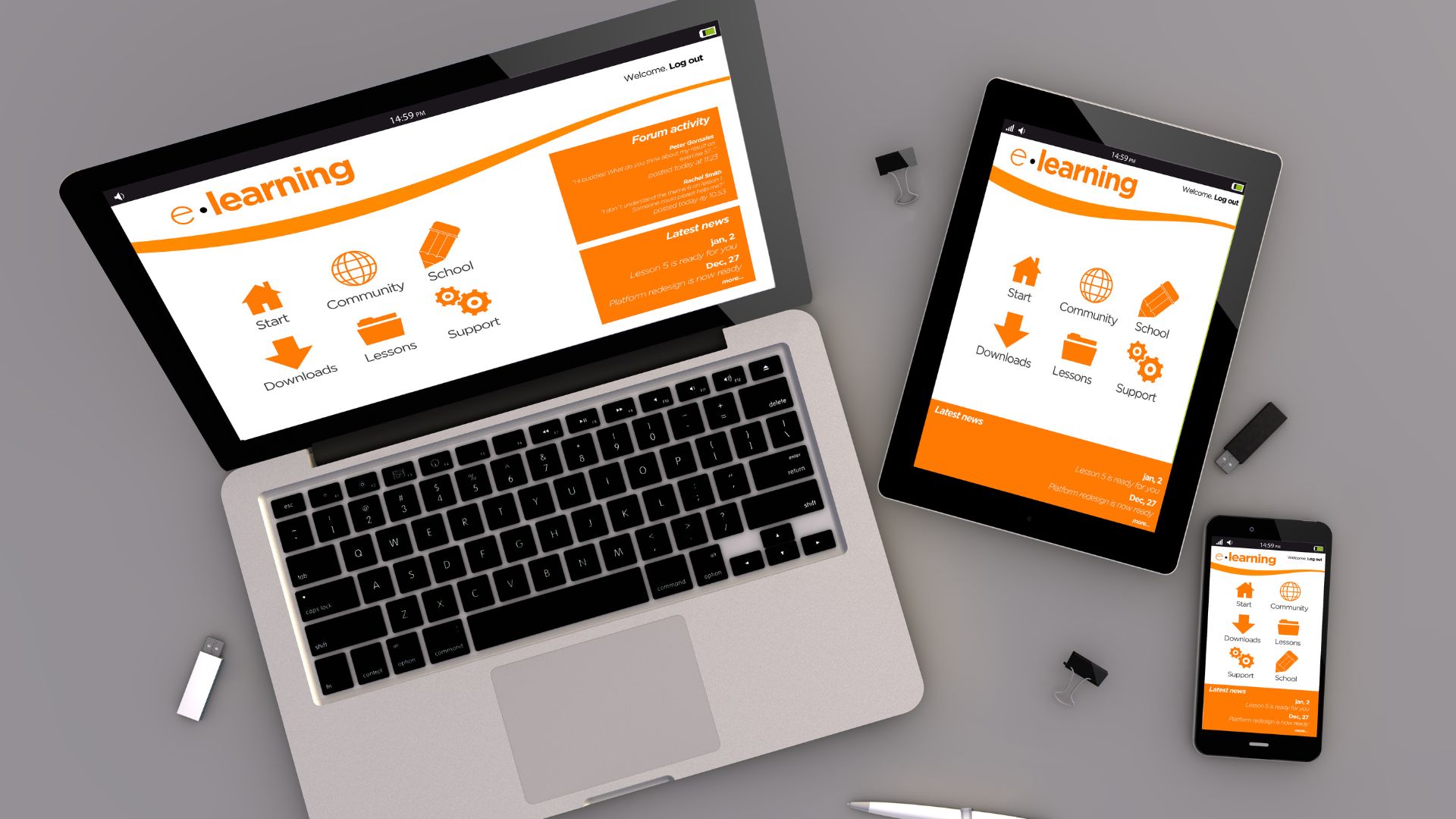Developing an Interactive E-Learning Platform for a Singaporean School
About the Project
A leading school in Singapore sought to enhance their remote learning capabilities by developing an interactive e-learning platform. The aim was to provide a robust, engaging, and scalable solution to improve the remote learning experience for students. QSoft was entrusted with creating an e-learning platform that offered live classes, interactive quizzes, and progress tracking. The platform needed to be scalable to support thousands of concurrent users while ensuring high levels of user engagement. Technologies
Backend
Programming Languages: Node.js, Python Frameworks: Express.js, Django Database: MongoDB, PostgreSQL Real-Time Communication: WebSockets, Socket.IO Frontend
Frameworks/ Libs: React.js, Redux Programming Languages: JavaScript, TypeScript DevOps
Containerization: Docker Orchestration: Kubernetes CI/CD: Jenkins, GitLab CI Monitoring: Prometheus, Grafana Cloud Services: AWS (Amazon Web Services) Security
Tools: OWASP ZAP, Snyk Protocols: OAuth 2.0, JWT 
